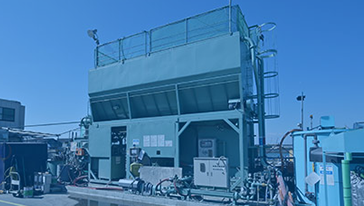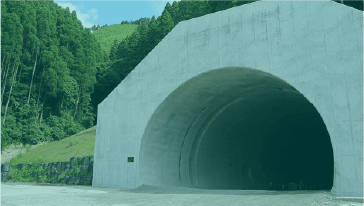
Amazing world of tunnels
 Let's learn about shield tunnels, an essential part of our lifeline!
Let's learn about shield tunnels, an essential part of our lifeline!
History of TunnelsHistory of Shield Tunnelling
Tunnels are a crucial part of infrastructure building.
The shield tunneling method is often used for urban development.
How did it develop?
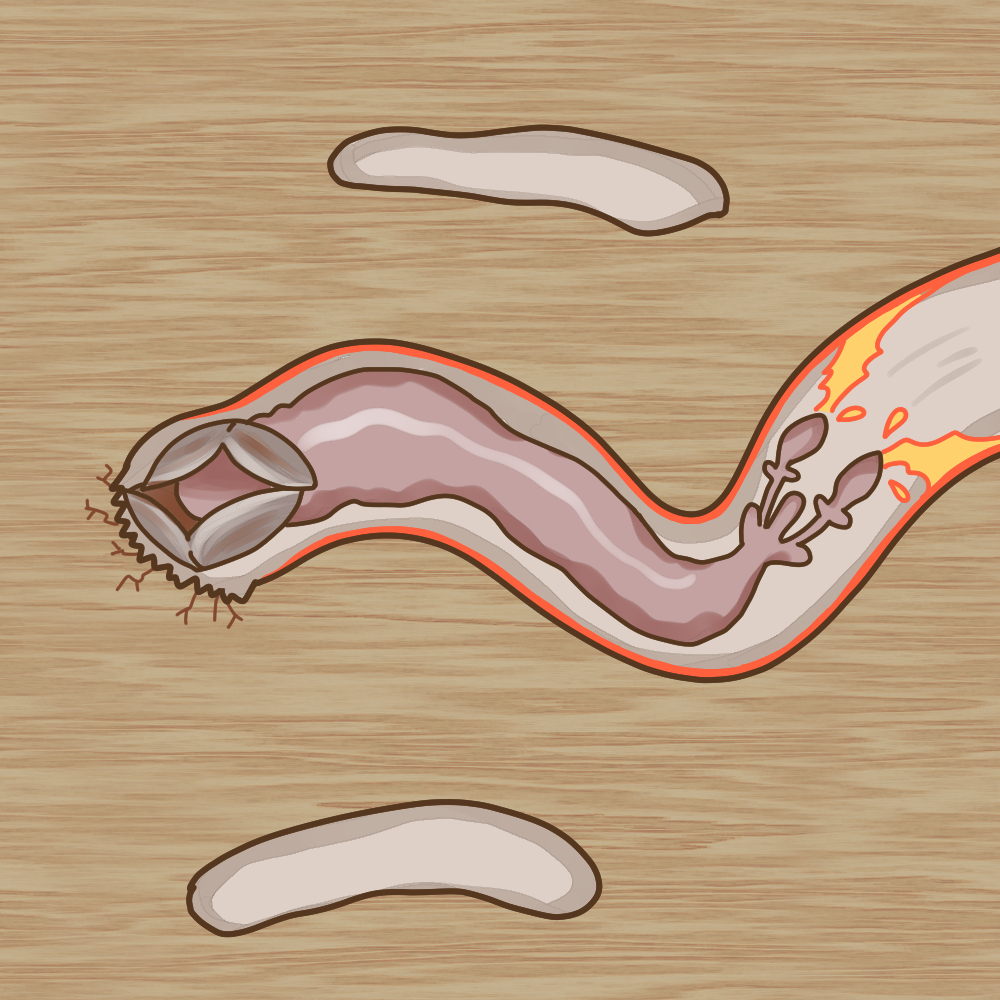
Inspired by the ecology of shipworms
Shield Tunneling Method
Shipworms eat the timbers of wooden ships, harden the burrows with calcareous materials and live in there. Inspired by ecology, French engineer Brunel devised the prototype of the Shield Tunneling Method.
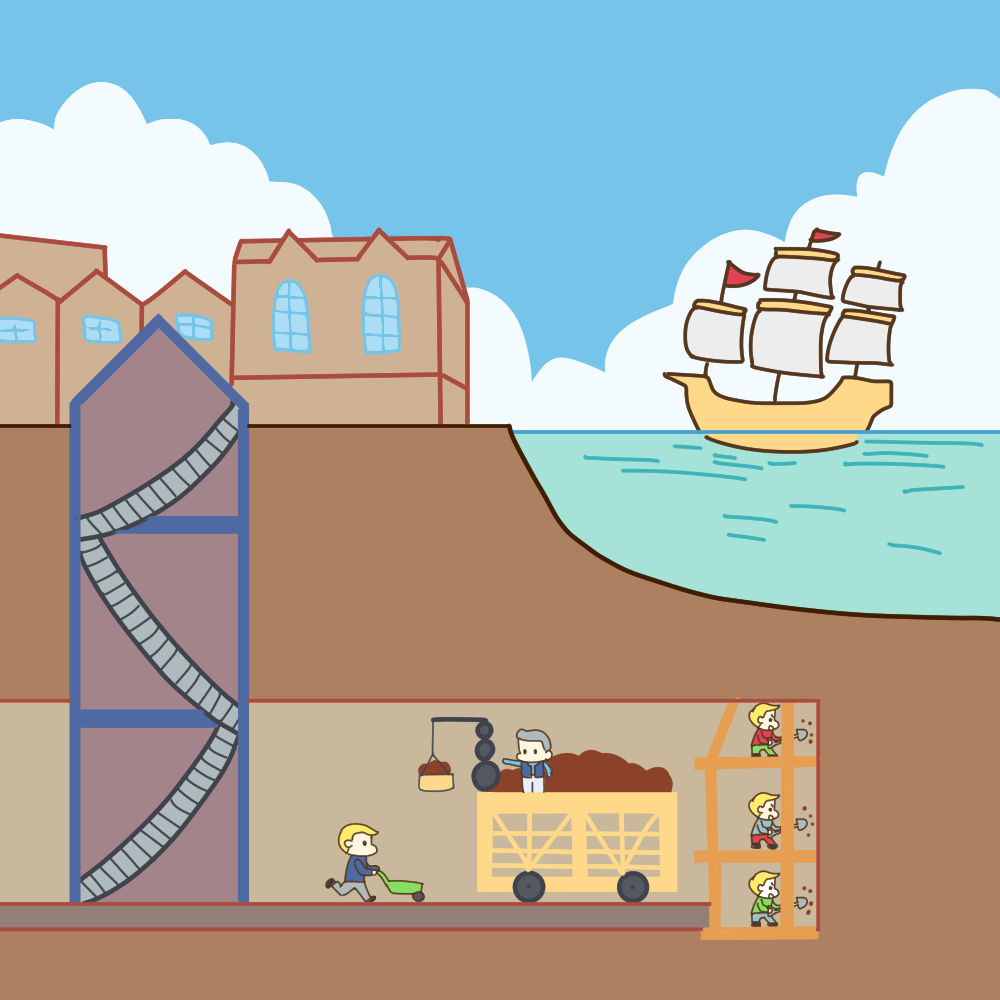
The World's First Shield Tunnelling Method: London
Shield Tunneling Method was first adopted in 1825 for a submerged tunnel across the River Thames in London, England. The length of the tunnel was approximately 396 meters.
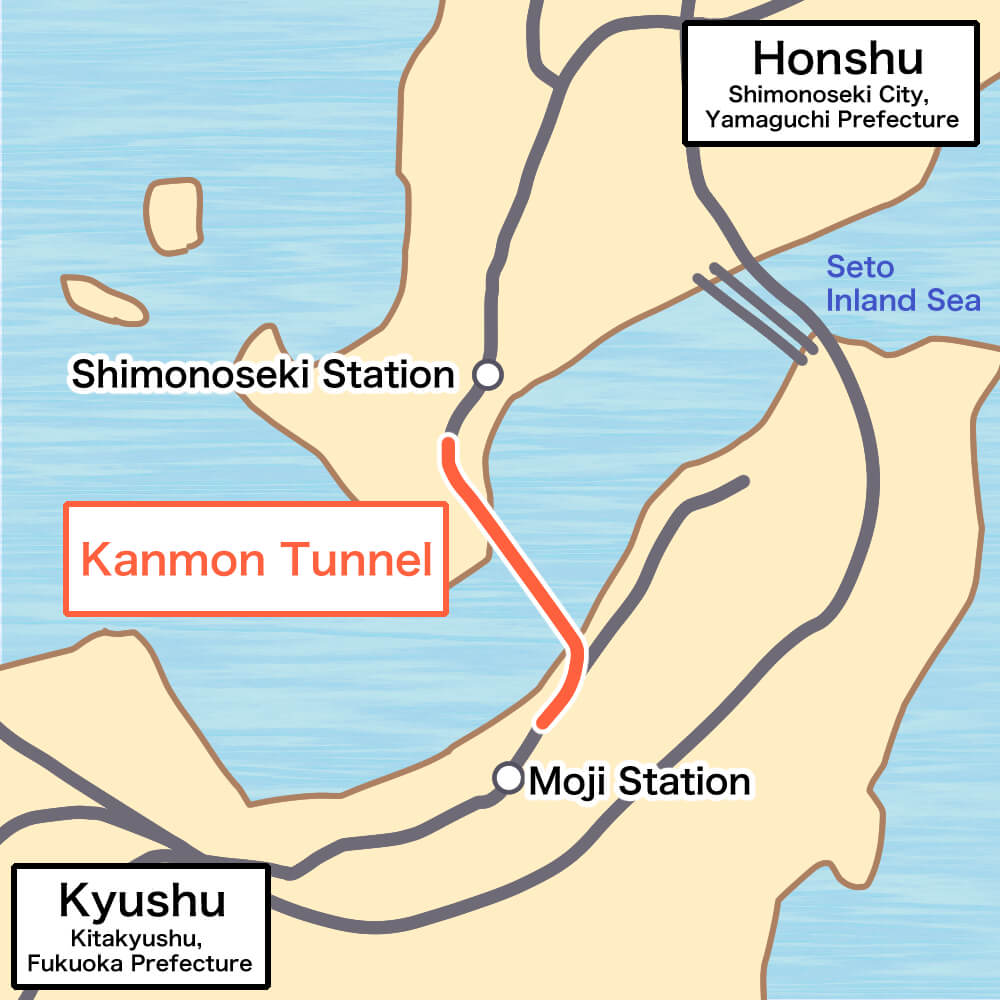
Japan’s First Shield Tunnelling Method: Kyushu
In Japan, Shield Tunnelling Method was adopted in 1936 for the construction of a part of the Kanmon undersea tunnel, connecting Shimonoseki on the main island and Moji in Kyushu.
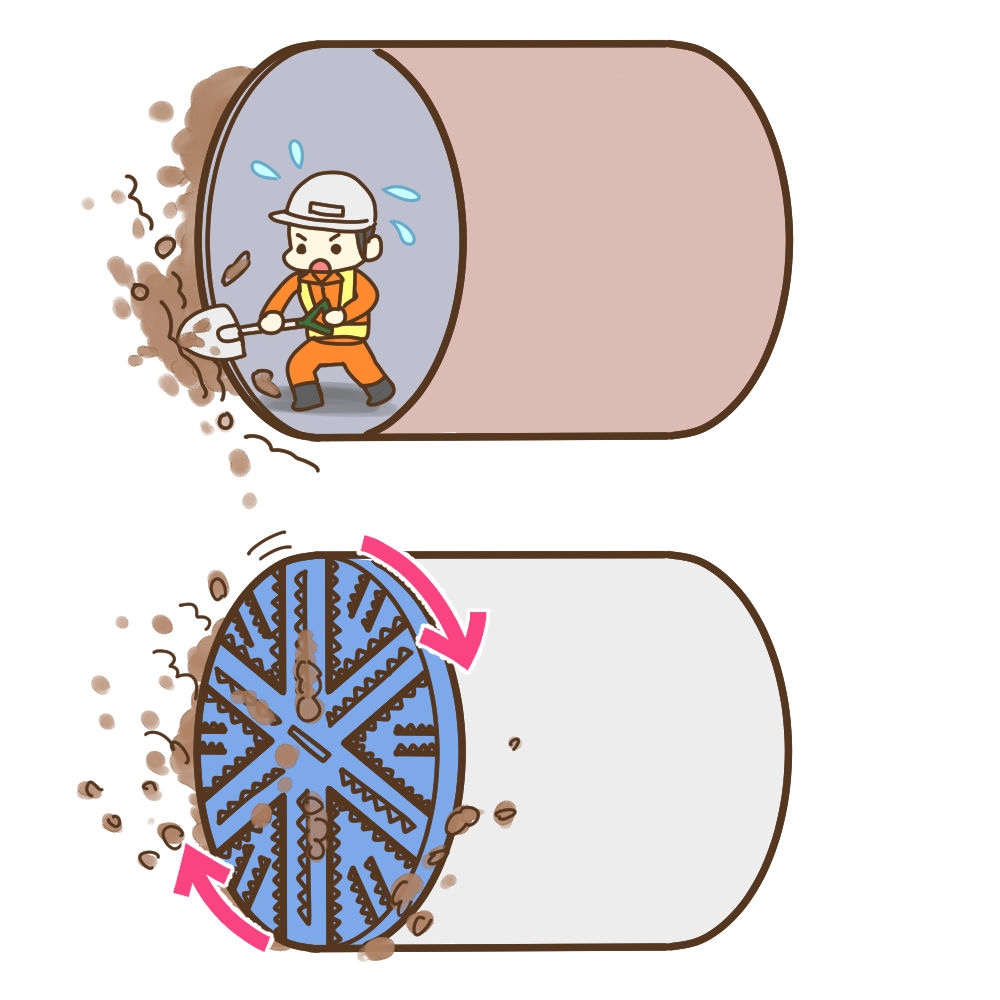
Adopted at numerous sites for its safety
Closed-type Shield Tunnelling Method enabled excavating by machines instead of manpower. Its safety and efficiency made urban tunneling possible.
The Role of TunnelsWhat are they used for?
Tunnels play a variety of roles in our daily lives, not only for roads and railroads,
but also other familiar purposes. More new ideas are coming up.
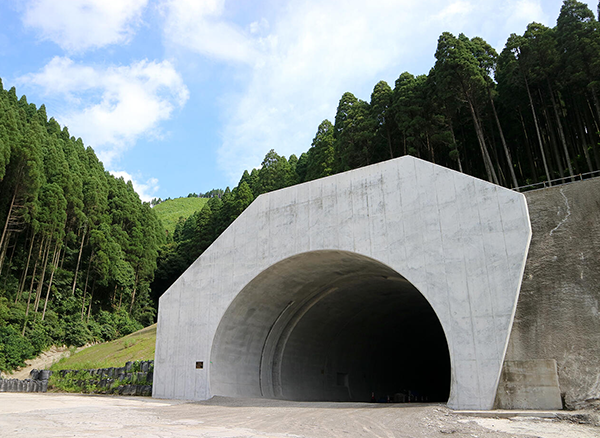
Traffic tunnels
Tunnels and underground passages for roads and railways enable quick and convenient travel.
※ Yoshinomoto Tunnel, Higashi-kyushu Expressway
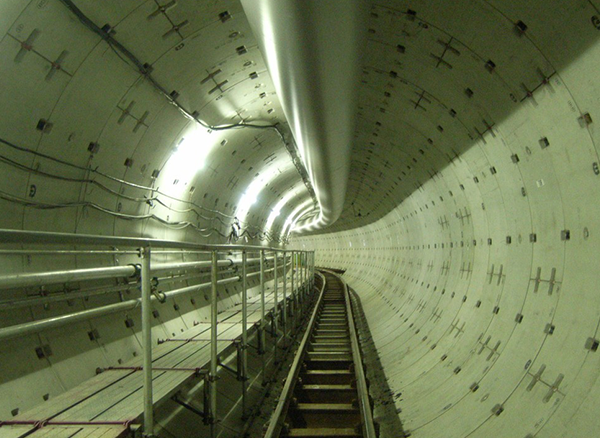
Utility tunnels
The tunnels for electricity, gas and water are also built underground.
※ Sewage under Niigta Airport
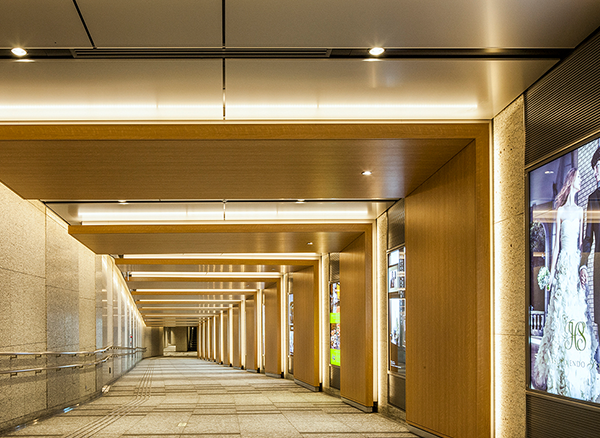
Underground malls and parking lots
Tunnel technologies are applied to underground shopping areas and parking lots.
※ Passage between Tozai Line Otemachi Station and Palace Hotel
(Photo: Kawasumi・Kobayashi Kenji Photograph Office)

Future tunnel projects
A large-scale disaster-prevention underground tunnel for torrential rain events is planned in Tokyo, as a road for amphibious vehicles.
※ PR magazine Obayashi Quarterly vol. 56 (Feature: Revival of Aquapolis)
Meet amazing machinesIntroduction of various Shield Machines
Let’s take a look at shield machines
which are essential for shield tunneling
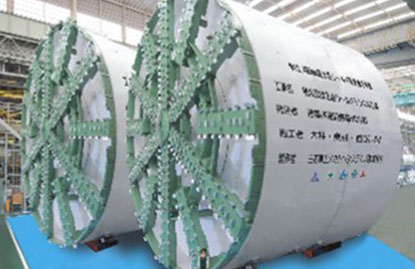
Earth Pressure Balance Shield Machine
The soil excavated by the cutter is mixed well with an additive agent and the resulting muddy soil fills the chamber, enabling the machine to counteract the soil and water pressure in front of the machine and to excavate while stabilizing the tunnel face.
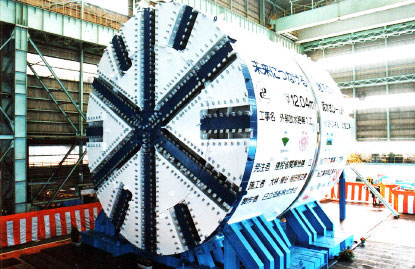
Slurry Shield Machine
Slurry is circulated to stabilize the tunnel face during the excavation, and the excavated soil is transported with the slurry to the ground above.
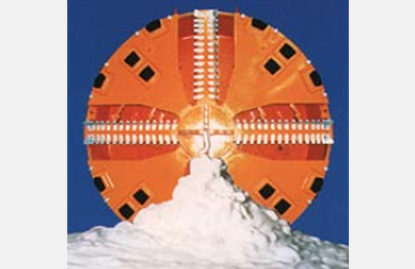
Rheological Foam Shield Machine
Shaving-cream-like foam is added to increase the fluidity and water-sealing properties of the soil and stabilize the tunnel face.
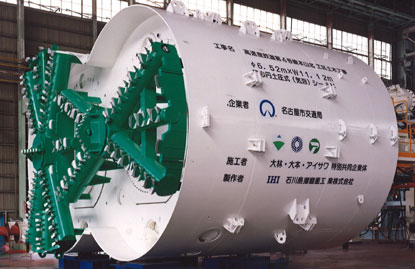
DOT Tunneling Machine (Double O Tube)
Multiple cutters are interlocked like gears and arranged in the same plane to construct tunnels of double or triple cross sections.
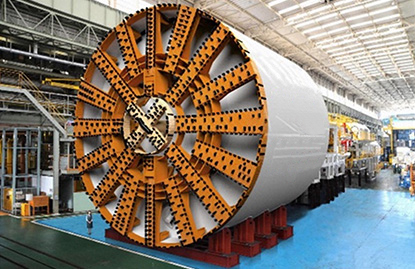
Energy-saving Shield
The cutter head on the front of the machine is divided into two parts, the outer and inner cutters. They rotate individually as a "double cutter head system."
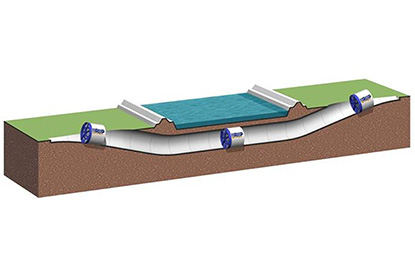
URUP (Ultra Rapid Under Pass)
The machine is launched from above the ground and comes out to the ground. Unlike conventional shield tunneling, this method does not need vertical shafts.
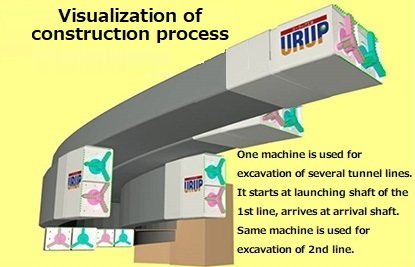
Free section split method
The space to accommodate the main tunnel structure is divided into small sections. Multiple small shield tunnels are excavated and then connected by excavating from inside of preceding small tunnels to make a large tunnel structure.
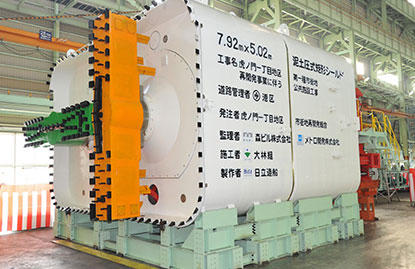
Rectangular-Shaped Shield Machine
Compared to conventional circular shield machines, excavation is minimal with this machine for the tunnels with a rectangular cross section, such as underground passageways and multi-service tunnels.
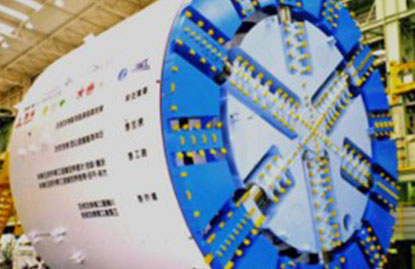
Insertion-Expansion type mother-child shield machine
To excavate two tunnels of different diameters, two shield machines are normally used. But it can be done with this single machine. After excavation, the small machine is inserted in the doughnut-shaped parent machine inside the vertical shaft to excavate further as a combined machine.
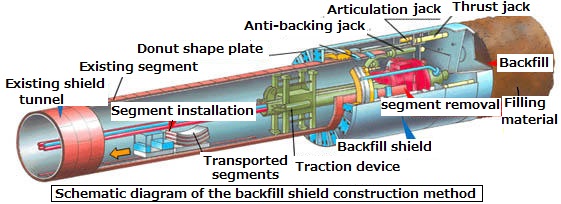
Backfill Shield Machine
This is a method of removing an existing shield tunnel. A shield machine with doughnut-shaped cutters encases the tunnel inside, excavates the outer circumference while moving forward, and then backfills the cavity in the rear with filler material.
How to build shield tunnelsLet's see how the tunnel is made!
There are various methods of tunnel construction,
depending on the use and location.
Here we introduce a shield Tunneling Method to excavate underground
in urban areas to create tunnels for sewers, subways, and roads.
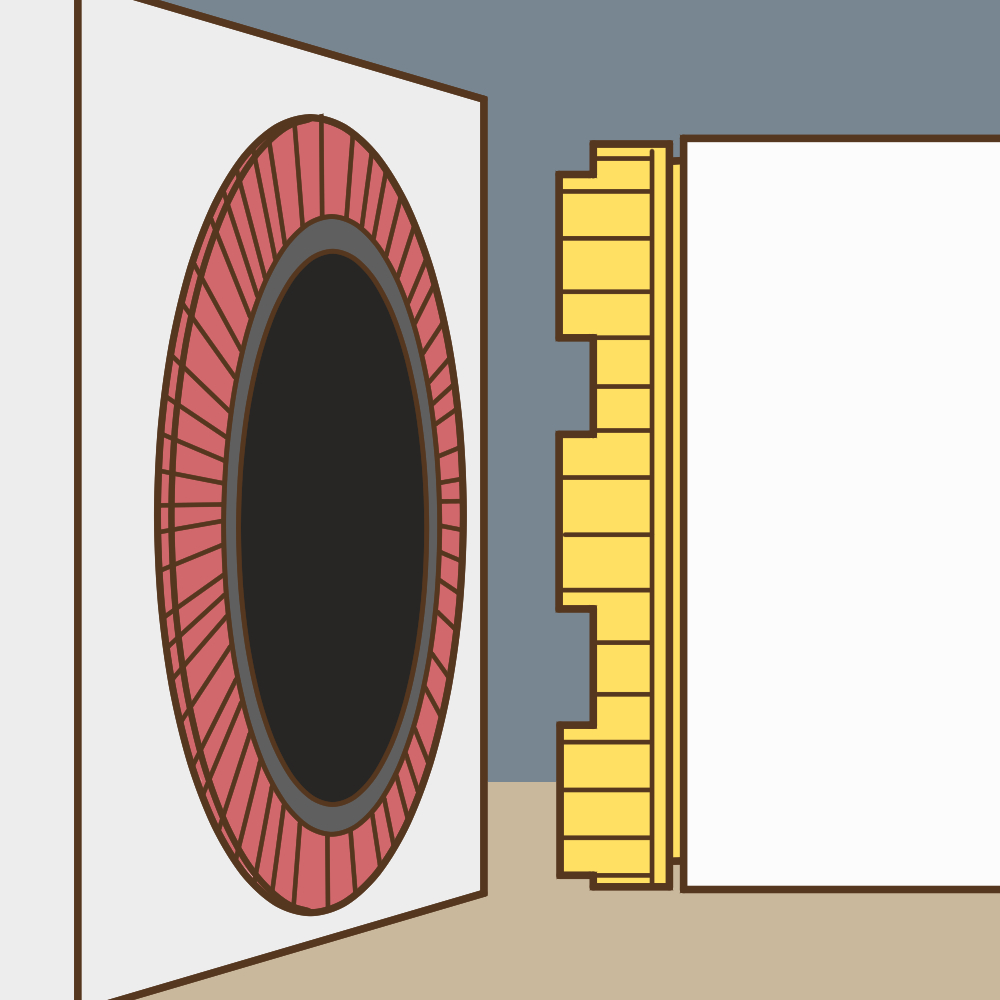
Installation of entrance
A rubber gasket and steel material for fixing are installed at the entrance of the tunnel. They are used to prevent inflow of water and soil to a vertical shaft.
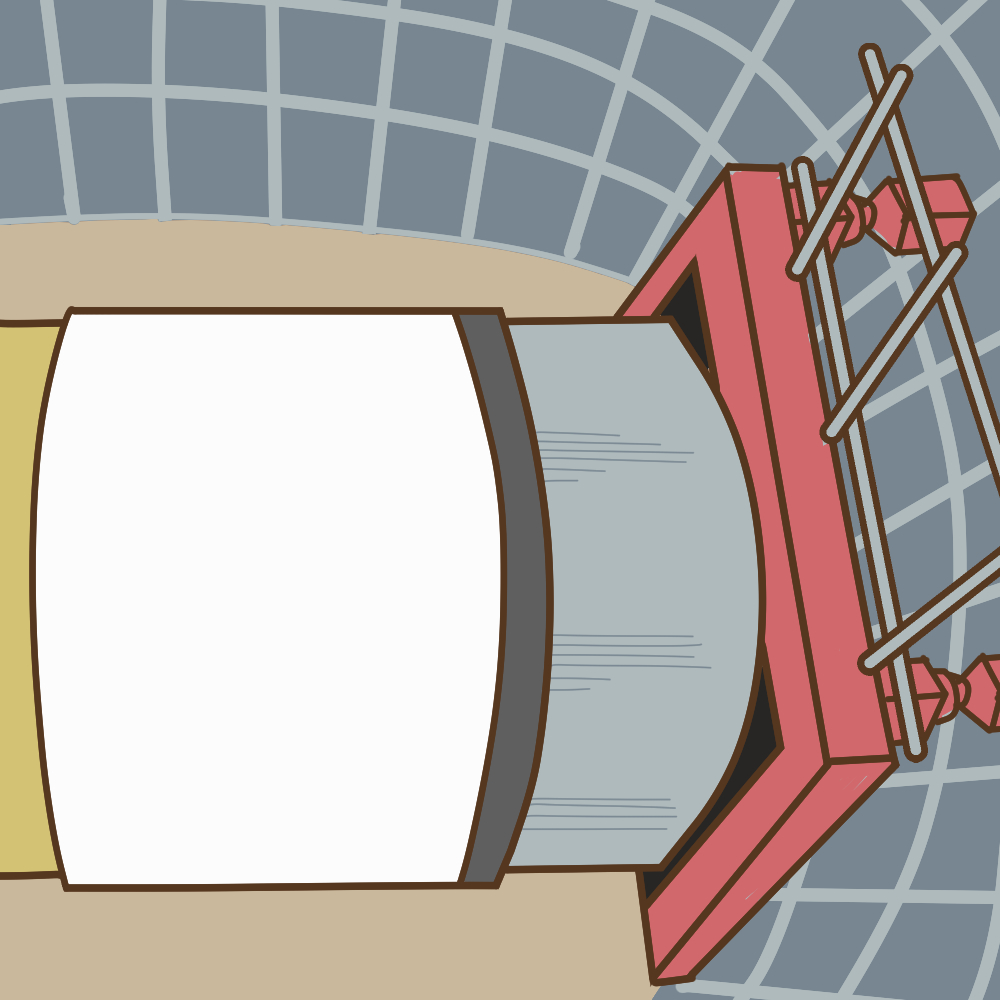
Installation of thrust reaction frame
A steel thrust reaction frame enables a shield machine to move forward. By pushing it, the shield machine moves forward in the opposite direction.
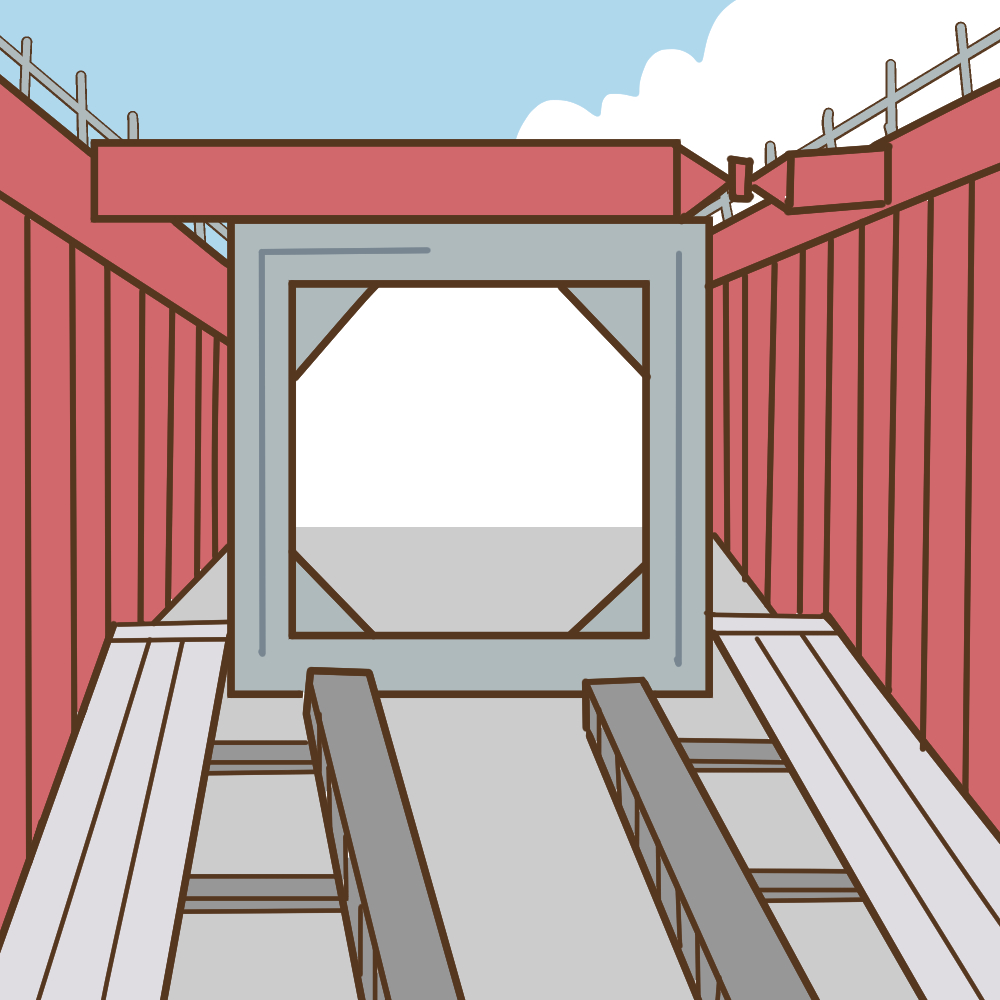
Installation of the shield machine cradle
This is the base frame for assembling the shield tunnelling machine.
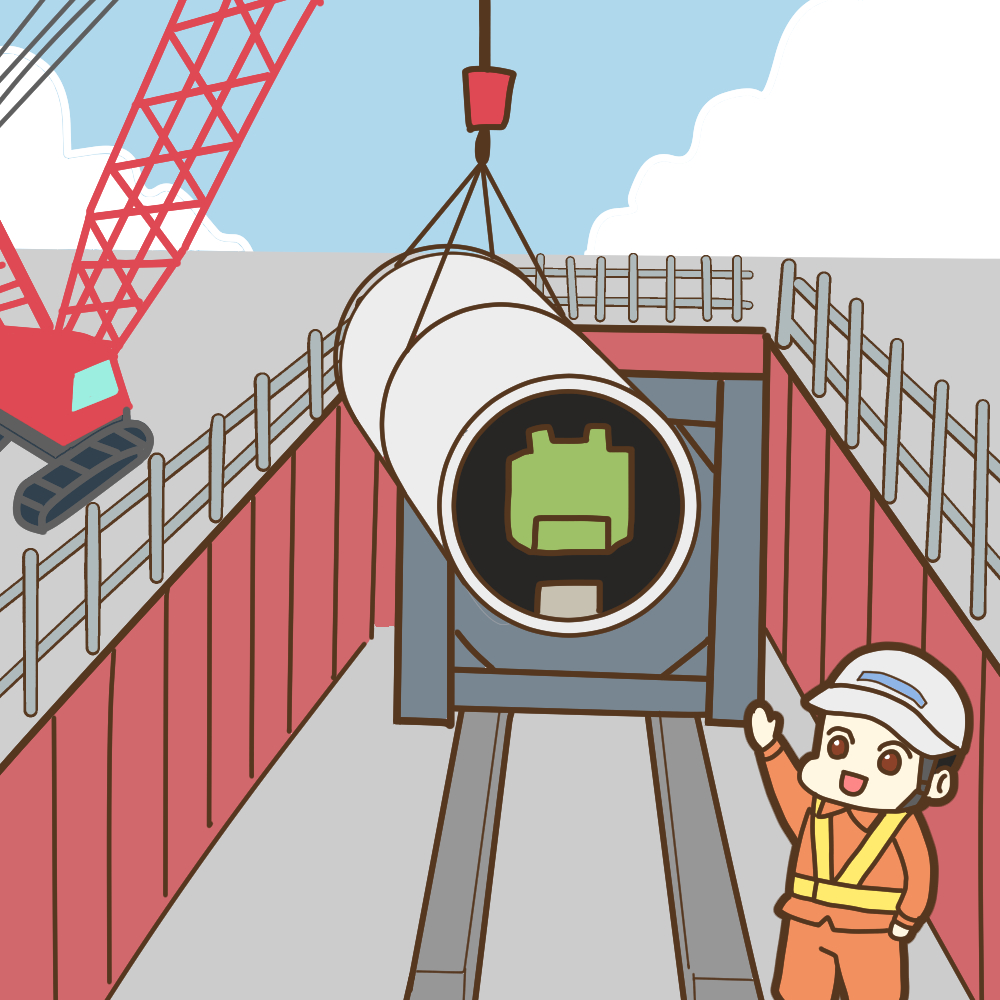
Lowering and positioning of a shield machine into a vertical shaft
A large crane lifts a shield tunneling machine into a vertical shaft to be assembled before excavation.
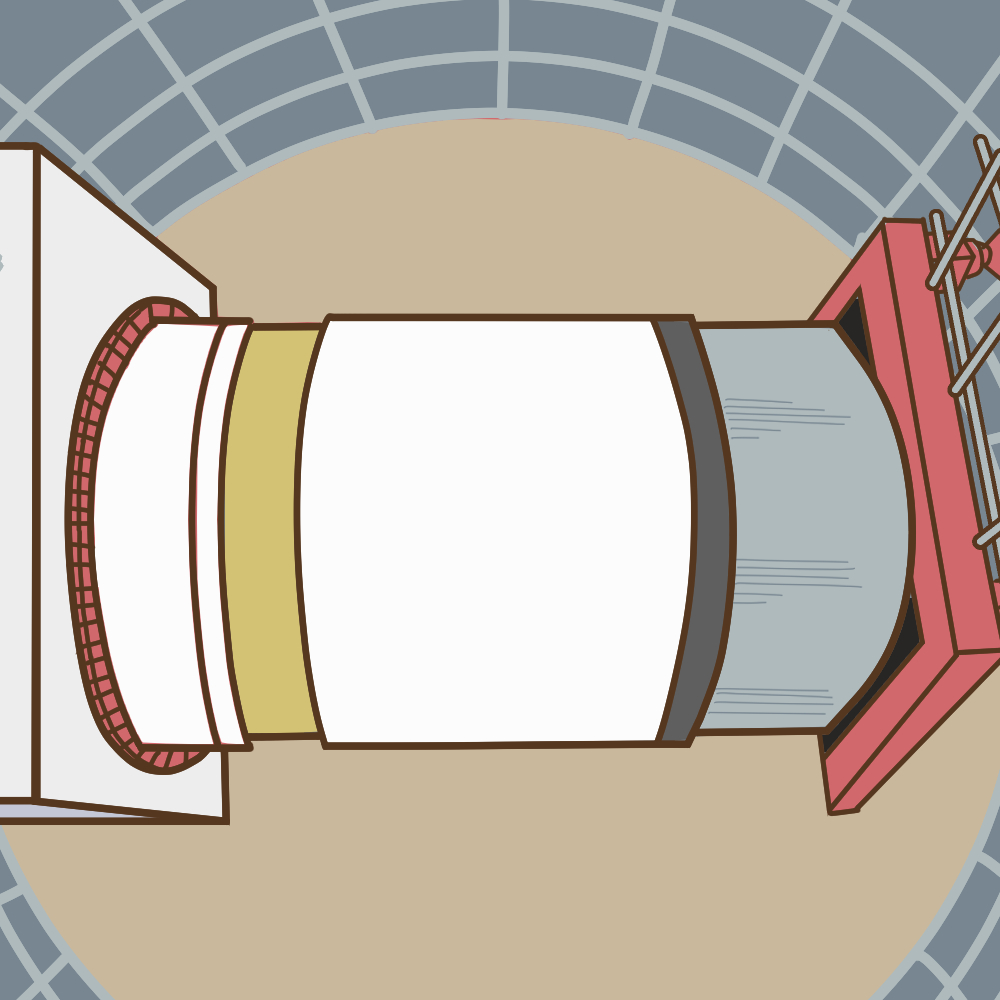
Launching
The shield tunnelling machine is launched into the ground.
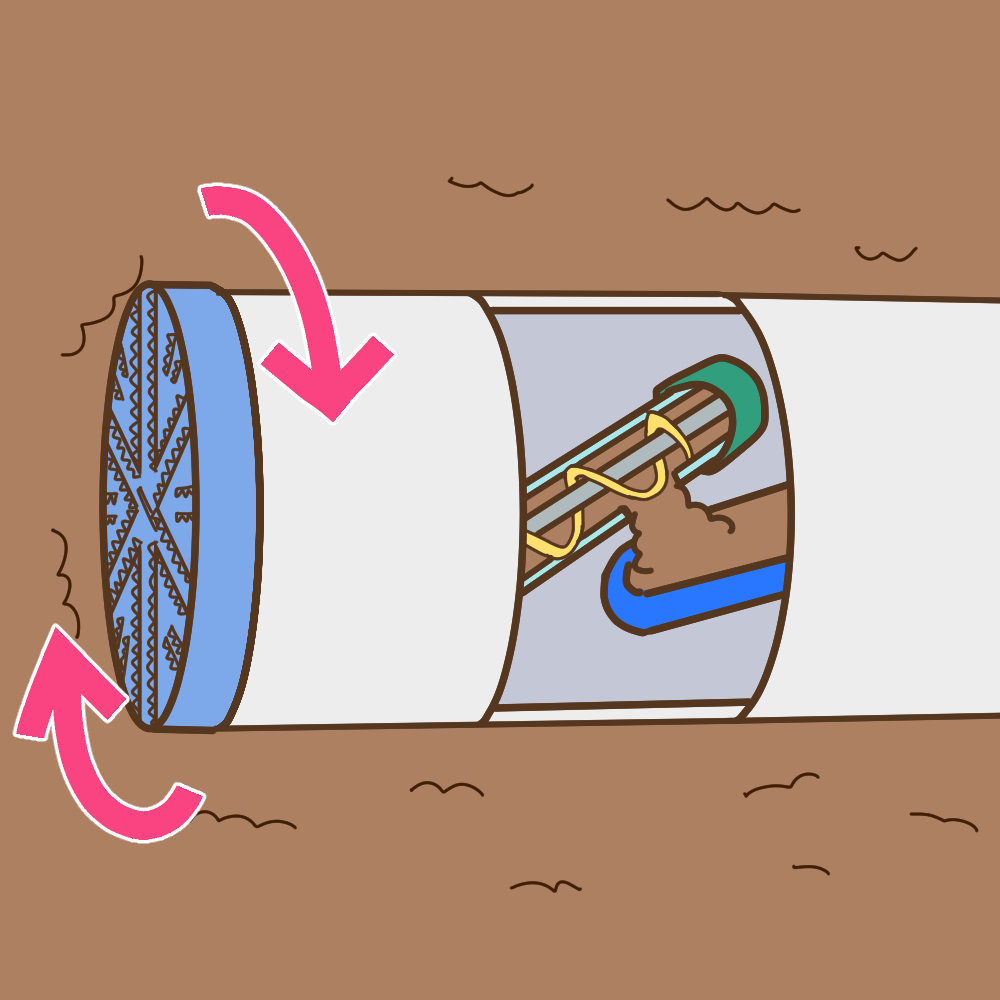
Tunneling and muck removal
Soil is cut away with the cutters of the shield tunneling machine and carried out of the tunnel with a screw conveyor equipped on the shield tunneling machine, a belt conveyor, or a muck car.
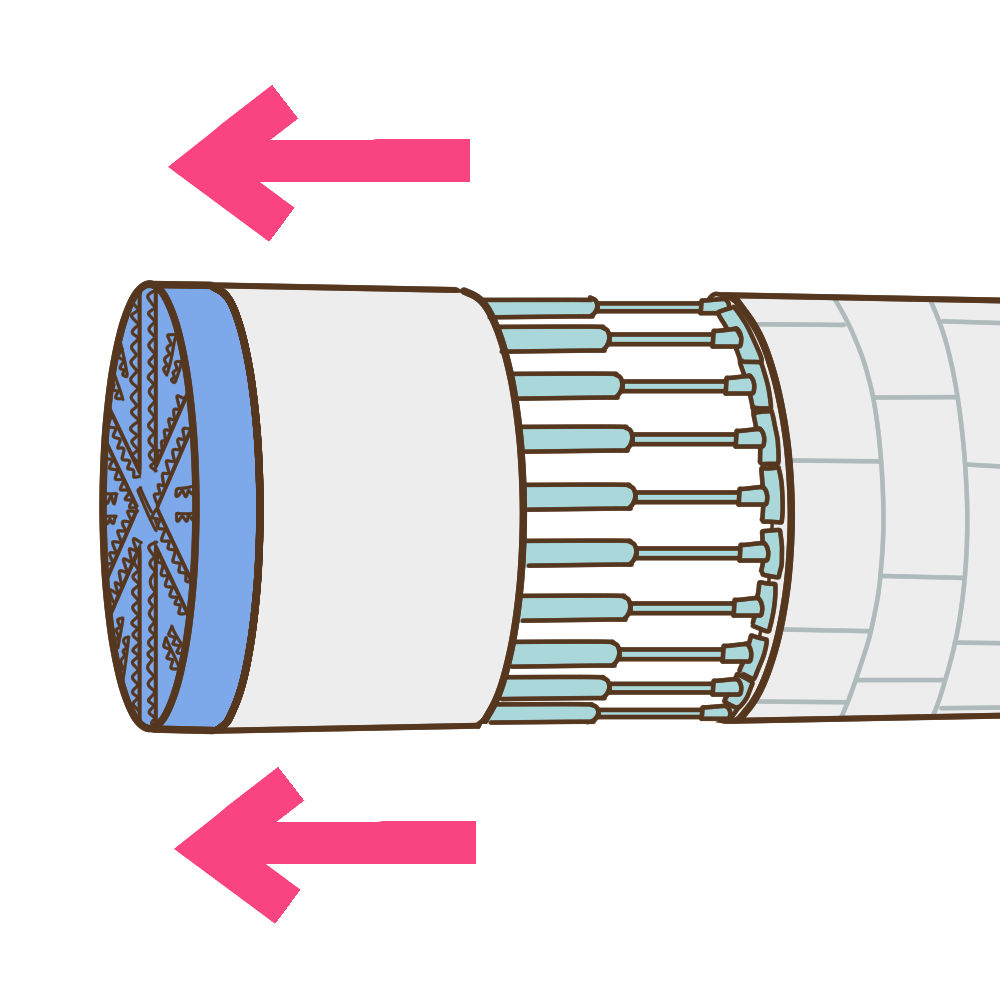
Extending the jacks
The shield tunneling machine moves forward by extending the jacks while rotating its cutters.
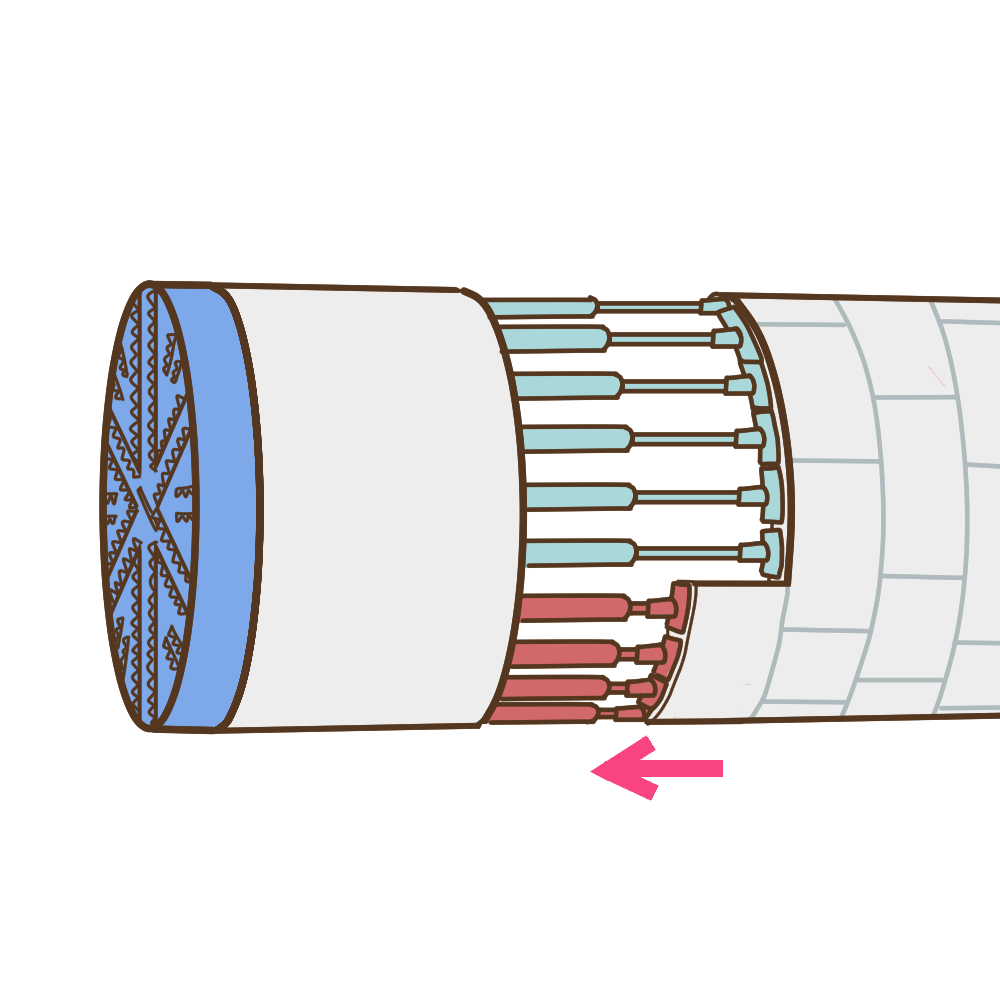
Jack retracting and segment assembly
The jacks are shrunk to the width of the segments. The segments are placed one piece at a time using an erector.
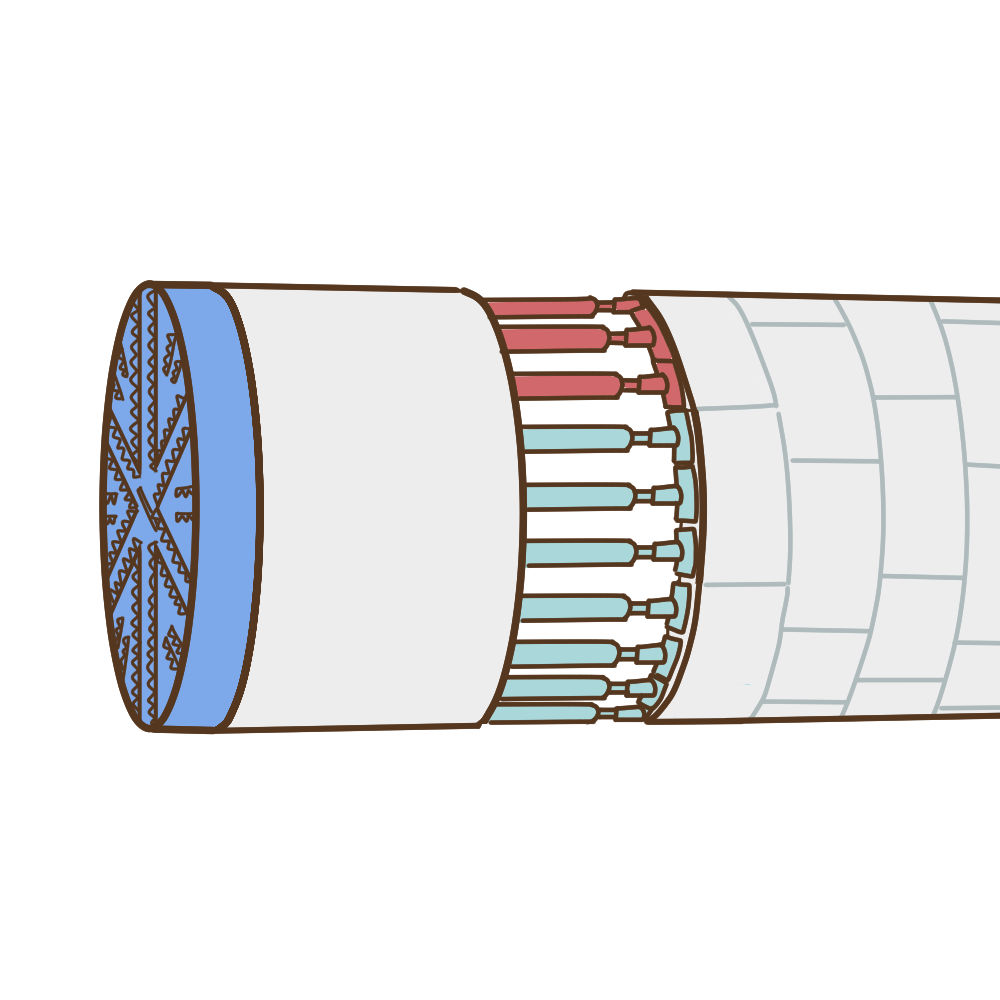
Segment assembly completed
The segments are assembled into a ring shape to prevent tunnel collapse and to provide reaction force for further tunneling.
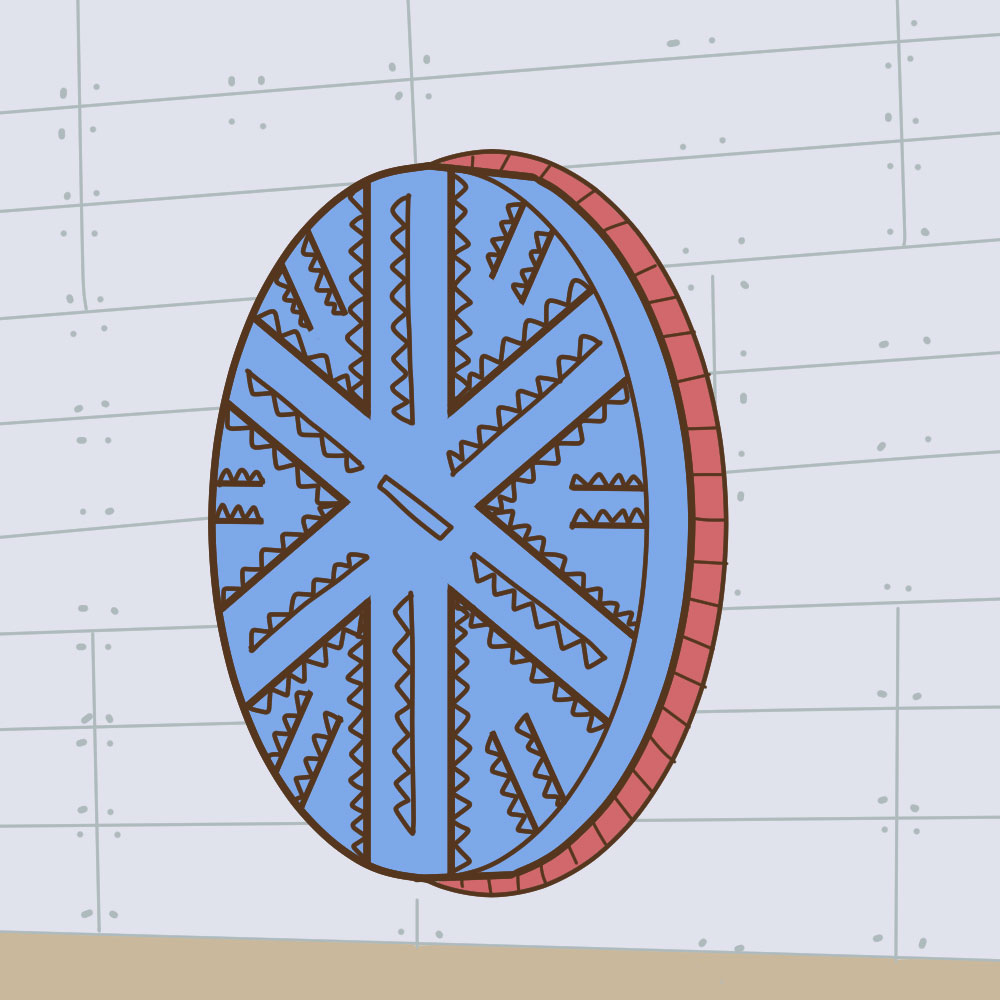
Arrival
When the machine makes it to the end, it is dismantled and the tunnel is complete!

